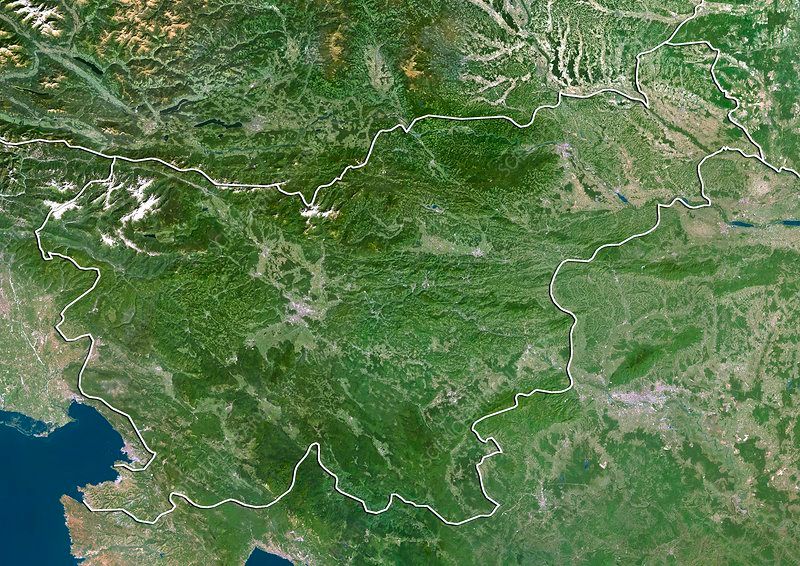1. Slovenia is home to over 10,000 caves, making it one of the most cave-rich countries in the world, with diverse underground landscapes waiting to be explored.
2. Slovenia is home to the oldest vine in the world, known as the “Old Vine” (Stara trta), which grows in Maribor and has been producing grapes for over 400 years.
3. Slovenia is home to one of the world’s oldest wooden wheels, discovered near the town of Ljubljana Marshes and estimated to be over 5,200 years old.
4. The Julian Alps, located in northwestern Slovenia, are named after Julius Caesar and are renowned for their stunning natural beauty, including majestic peaks, crystal-clear lakes, and lush alpine meadows.
5. Lake Bled, with its iconic island church and medieval castle perched on a cliff overlooking the lake, is one of Slovenia’s most famous and picturesque destinations.
6. Slovenia is known for its extensive network of caves, including the Postojna Cave and the Škocjan Caves, both UNESCO World Heritage Sites, which feature breathtaking underground landscapes and rare cave formations.
7. The Lipizzaner horse, a famous breed known for its elegance and grace, originated in Slovenia at the Lipica Stud Farm, one of the oldest stud farms in the world.
8. Slovenia is a paradise for outdoor enthusiasts, offering opportunities for hiking, skiing, cycling, and water sports, with over half of its land covered in forests.
9. The Soča River, often called the “Emerald Beauty,” is renowned for its stunning turquoise color and is a popular destination for whitewater rafting, kayaking, and fly fishing.
10. Slovenia has a rich cultural heritage, with influences from its neighboring countries as well as its own unique traditions, reflected in its music, dance, cuisine, and festivals.
11. The Slovenian language, a South Slavic language, is the official language of Slovenia, spoken by the majority of the population. Italian and Hungarian are also recognized as co-official languages in certain regions.
12. Slovenia has a long history of winemaking, with vineyards covering much of the country’s hilly terrain. Slovenian wines, including the white wine varieties of Rebula and Malvasia, are gaining recognition on the international stage.
13. The Škocjan Caves, located in southwestern Slovenia, are among the largest underground caverns in the world, with a vast network of chambers, tunnels, and underground rivers.
14. Slovenia is a parliamentary republic with a multi-party political system, with the President serving as the head of state and the Prime Minister as the head of government.
15. The Predjama Castle, built into the mouth of a cave near the town of Postojna, is one of the most unique and well-preserved medieval castles in Europe, known for its dramatic cliffside location and storied history.
16. Slovenia has a strong tradition of folk music and dance, with lively polkas, waltzes, and folk songs performed at festivals, weddings, and cultural events throughout the country.
17. The Triglav National Park, named after Slovenia’s highest peak, Mount Triglav, is a pristine wilderness area with rugged mountains, alpine lakes, and diverse wildlife, including chamois, ibex, and golden eagles.
18. Slovenia is known for its excellent healthcare system, with universal healthcare coverage and high-quality medical care available to all citizens and residents.
19. The Karst region of Slovenia, known for its limestone landscape and underground caves, is also famous for its Karst cuisine, featuring dishes such as pršut (air-dried ham), gnocchi with goulash, and jota (bean soup).
20. Slovenia is a member of the European Union, NATO, and the United Nations, and it adopted the euro as its official currency in 2007, further integrating itself into the European community.
21. Slovenia has a rich literary tradition, with notable Slovenian authors such as Ivan Cankar, Drago Jančar, and Boris Pahor contributing to the country’s vibrant literary scene.
